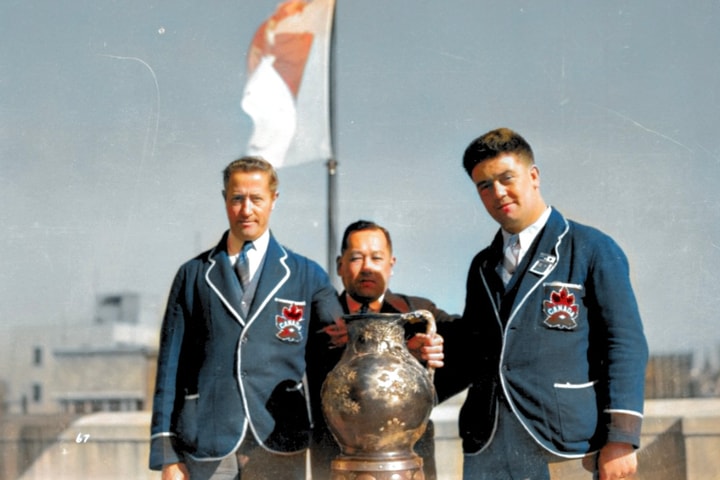Rugby author James Stafford chats with us about his new book 'How Wales Beat the Mighty All Blacks' and his mission to bring rugby history to life for readers of all ages.
What made you write a children's book about rugby set in the Edwardian era?
Rugby's bookshelves are well served with works on the rich history of rugby's great players, matches and tournaments. But there isn't a huge amount of choice when it comes to books written for younger readers, especially when it comes to the early years of the sport.
I've always felt that if you present rugby's history the right way, children will enjoy it and want to learn more not just about rugby, but life around it. That's how I got the idea to do a fully illustrated book on this incredible game.
Why did you choose the 1905 Wales v New Zealand match?
The tour of the 1905 All Blacks reads like something from a Hollywood script. It's probably still the greatest story in the sport's history. Not only was it the first visit to Europe from New Zealand, it changed the sport forever and established the importance of rugby in both nations. The shock of these 'giant' men coming from a distant corner of the British Empire and not just beating the 'Mother Country' at its own sport, but dismantling almost every team they faced, is just incredible. They transformed the way rugby was played.
The All Blacks won 34 of 35 matches and scored an astonishing 967 points to just 59. Of course, the one game they lost was to Wales. Which, ironically, was the game they wanted to win most of all. Even the Prime Minister of New Zealand marked this as the key game.
How do you tell the story in your book?
There aren't many photos of the 1905 game between Wales and New Zealand, and of course there is no film. Of the few pictures we have, they are very limited in detail and it can be hard for young readers to connect with them.
So I worked with illustrator Carys Feehan, who is also my niece, to bring the game and the story around it to life with 22 full colour illustrations. This allowed us to vividly bring the game alive for young readers in a way old sepia photos simply can't do.
We were determined to give the book the feel of an Edwardian children's book and also took inspiration from the newspaper cartoons of the day, which would depict Wales as a dragon, New Zealand as a kiwi and England as a lion. We also worked really hard to get the images of the playing kits, clothing, Cardiff Arms Park and streets of Cardiff as historically accurate as possible. We even made sure to have the older version of the Welsh flag in the crowd scenes.
I focus the narrative on Welsh captain and legendary Cardiff centre Gwyn Nicholls. We relate how he comes out of retirement to face the biggest challenge of his career. I wanted to inspire children by showing how hard work, smart thinking and a little bit of bravery can help you do great things in life.














